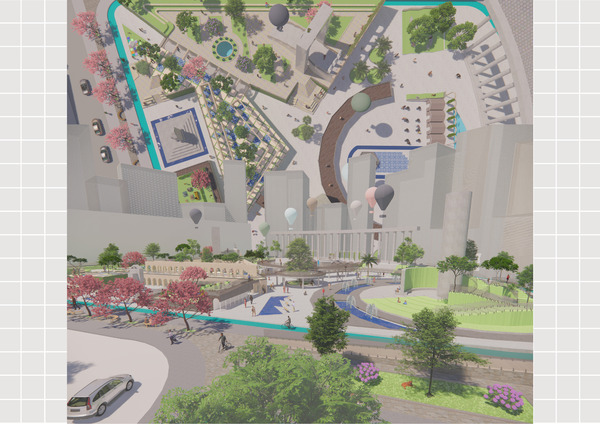Down Memory Lane: Designing inclusive public spaces through personal and collective memory.
(Research Question) How does notion of memory define personal experience of a space?
(Project’s Concept) Making urban design more inclusive by acknowledging the role of personal & collective memory, identity in design processes, as well as exploring ways of making them more open and inclusive to different experiences.
Many of us could refer memory to the processes of assimilating, preserving and ultimately recovering information. Beyond that, memory can be seen as a powerful tool that triggers sensory experiences. Inevitably, humans situate their memories in fixed places and moments of time. Memory is what connects us to our past, provoking personal reactions to a space – public or private. Nowadays, when people are advised to keep distance and our future seems to be outside our homes, designing sensible public spaces has become a priority.
Before everything else, we are citizens who are constantly engaged with the place we live in. The spectrum of experiencing a space can be as broad and diverse as its users since it is directly influenced by personal factors of memory and identity. We can ask ourselves what would happen if we use all those memories and experiences as inspiration for designing the built environment? This design research merges existing cities and memory from both personal and collective perspectives. A collage method of translation is used to design an objective ground, and explore how cultural influences and memories can change the nature of the space. Transforming individuals' memory into a design tool could add new perspectives to the existing architectural canvas, as well as provoke future artists, designers, architects or even students to seek inspiration from their own memory and personal perception.
Thank you for your attention.


